Category Archives: Middleton Historic Building
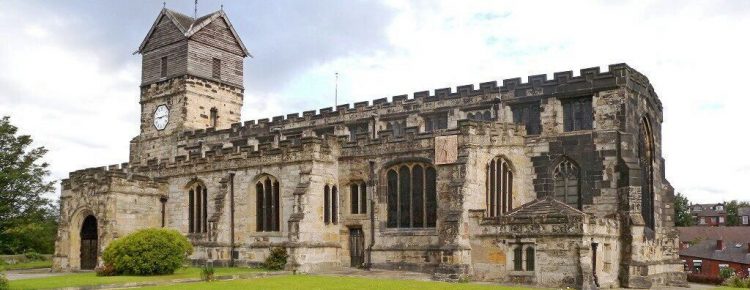
St. Leonard’s Church
St. Leonard’s or Middleton Parish Church on its hill above the town is by far the oldest building in the area and the oldest in Greater Manchester. It is also the last great unrestored medieval church in the wider Manchester area, having been carefully and sensitively preserved since the 1600s. St. Leonard’s Church is listed…
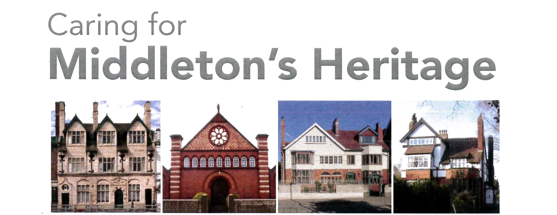
Caring for Middleton’s Heritage – Sign up for free events in June
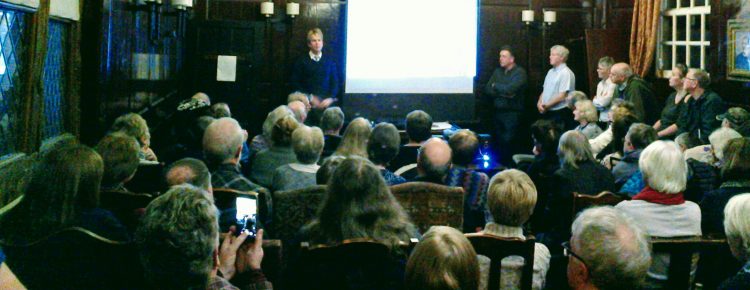
Hopwood DePree and Hopwood Hall
Hollywood actor Hopwood DePree, ably supported by Geoff Wellens, met a crowded audience in the Sessions Room at the Old Boar’s Head on Thursday. Geoff outlined the history of the hall while Hopwood, who is descended from the old Middleton family, inspired everyone with his vision for the medieval building which is in a ruinous…
The recently restored Jubilee Park Staircase was officially opened today by the Mayor of Rochdale Borough, click here for more.
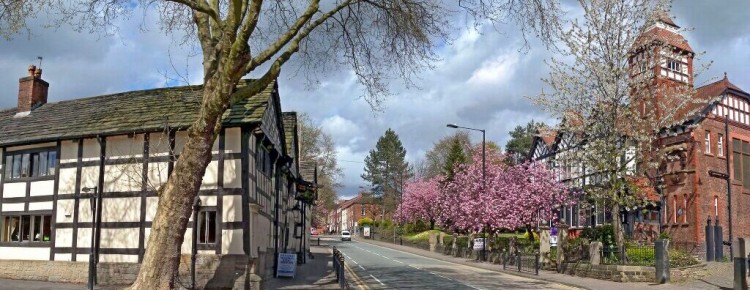
Jubilee Library & Local Studies Centre – open Weekdays and Saturday
Ye Olde Boar’s Head P.H. (left) and Jubilee Library (right) on Middleton’s Long Street look lovely in spring with the cherry blossom. The library is an unusual early Arts & Crafts building that lies in the pleasant Jubilee Park at the centre of the Middleton conservation area. As well as the timber-framed pub, close by are…
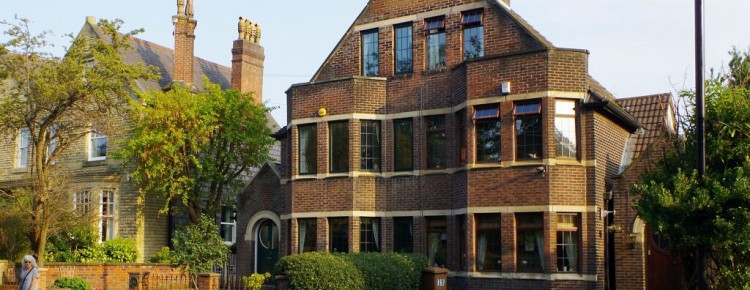
165 & 167 Manchester Old Road – 1912 architect Edgar Wood
In 1912 Edgar Wood built his final pair of semi-detached houses, 165–167 Manchester Old Road, Middleton, adjacent to his very first pair, West Lea of 1887. In doing so, he created one of the most unusual semis of his career – a striking building that fascinates everyone who takes time to look at it. The…
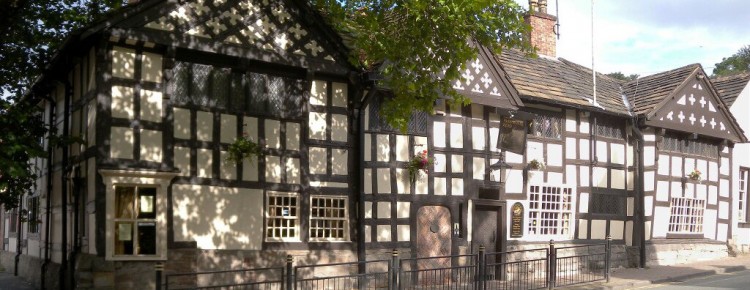
Ye Olde Boar’s Head P.H.
It is believed that Ye Olde Boar’s Head P.H. began life in the 1600s as a pair of clothiers houses on the road between Manchester and Rochdale. At that time, the textile industry was based in houses, where the upper rooms had long rows of windows illuminating the weaving loomshops. The houses were later combined…
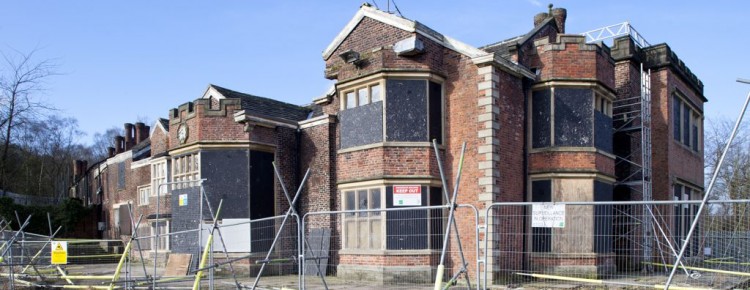
Hopwood Hall
Check out Andy Marshall’s photos of Hopwood Hall Hopwood Hall is one of the truly great buildings of Middleton and Manchester but one which has sadly been abandoned and left to decline for many years. In recent years, the Council has tried to make amends by providing security and undertaking urgent repairs. There is always…
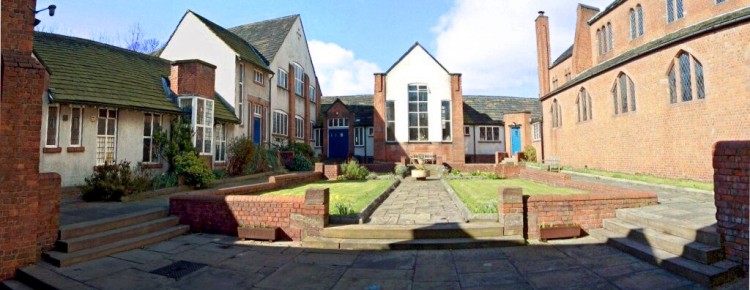
Arts & Crafts Church, School and Garden – 1899 architect Edgar Wood
Long Street Methodist Church & School are a striking complex of connected buildings arranged around an ‘outside room’ garden. Across this space, Edgar Wood integrates a series of opposites – sacred and secular, expression and restraint, axial and informal, and, rational and romantic. The plain and simple mass of the church contrasts with the complexity…
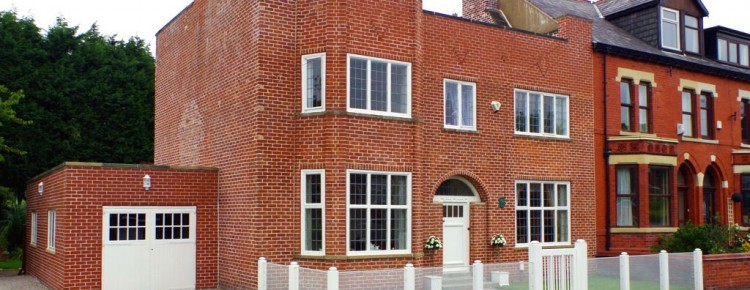
36 Mellalieu Street – 1906 architect Edgar Wood
36 Mellalieu Street was Edgar Wood’s first house designed with a concrete flat roof that covered the whole building. It was drawn up in 1906, five years after he had begun experimenting with flat roofs and three years after he had first met J. Henry Sellers and they had begun on their ambitious project to…
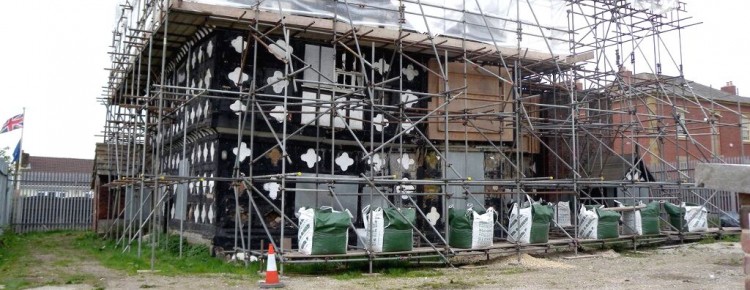
Tonge Hall
Tonge Hall is generally regarded as one of the finest examples of Tudor architecture in the country and despite a devastating fire in 2007, still retains many of its original features, including carved oak beams, inglenook fireplaces timber panelling and a wonderful spiral staircase. The building was heroically saved by Heritage Trust for the North…
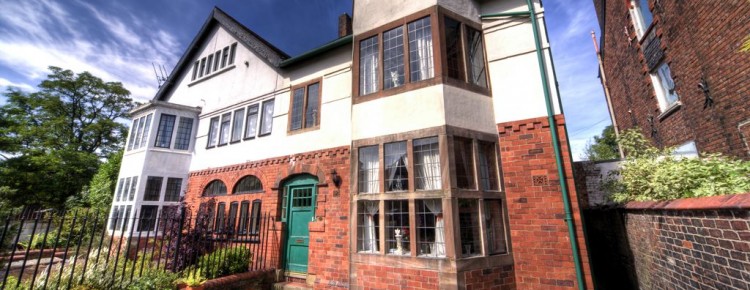
Redcroft & Fencegate – 1891 architect Edgar Wood
When Redcroft (left) and Fencegate (right) were built in 1891, they were the most modern pair of ‘semis’ in the country. They began a new phase of Arts & Crafts design which reworked the humble features of farmhouses and cottages into new sophisticated architecture. Edgar Wood’s buildings had been hinting at this vernacular inspired style…
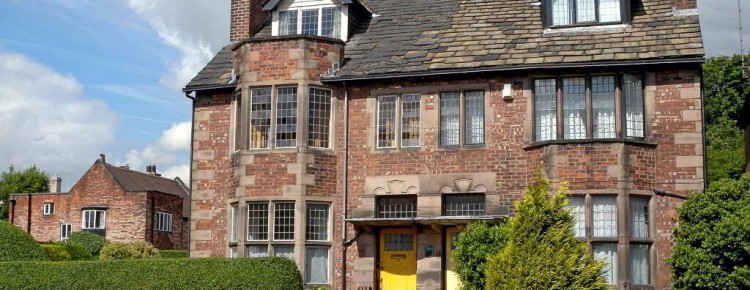
51 & 53 Rochdale Road – 1899 architect Edgar Wood
51 & 53 Rochdale Road are well preserved example of Arts and Crafts domestic architecture. A picturesque quality is obtained through sensitive use of materials rather than irregular form. The form is blocky and efficient, with a grid-like arrangement of elements on the main facade. Asymmetry is created simply by raising the bay window on…
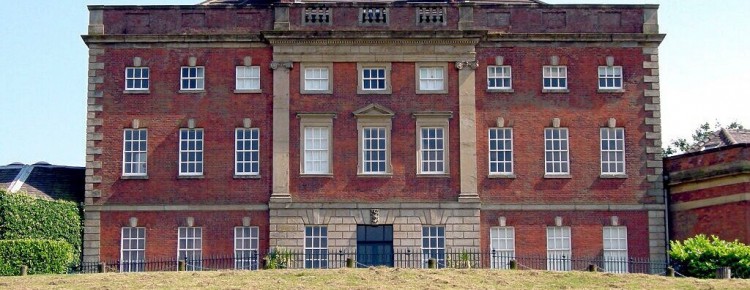
Alkrington Hall
The Levers were a merchant family who had acquired large estates in the Manchester and Middleton areas during the Renaissance period of the 1600s. In 1736, Sir Darcy Lever decided to rebuild his family home, Alkrington Hall. Rather than going to local builders, he employed an Enlightenment architect of national importance, an Italian from Venice…
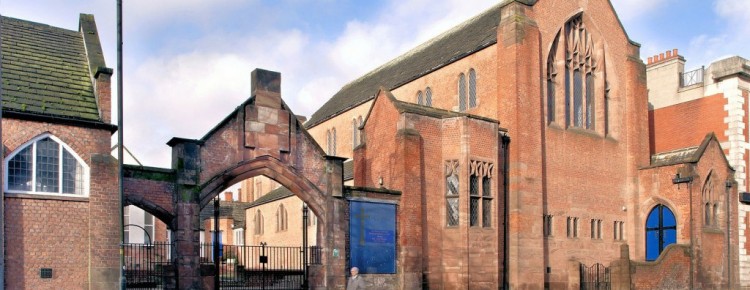
Arts & Crafts Church
Long Street Methodist Church & Schools are a striking complex of connected buildings arranged around a courtyard garden – the finest Arts and Crafts Methodist Church anywhere. The church is open for worship on Sundays and other days CLICK HERE for details. Guided tours for groups are also available, CLICK HERE for details. Tours also…
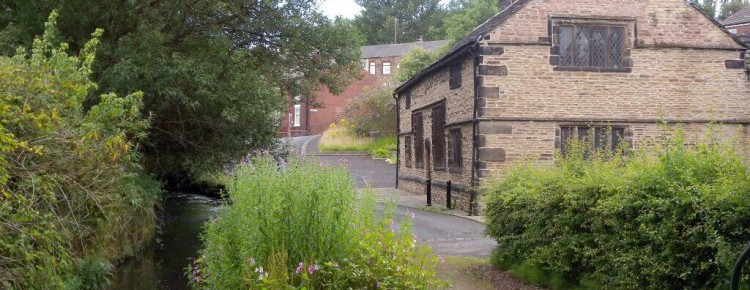
Queen Elizabeth Grammar School
Visit the Old Grammar School web site to arrange a party, reception or other function Queen Elizabeth Grammar School was built in 1586 to replace the chantry school at St. Leonard’s Church which was abolished in the Reformation. When it was built, there was no town of Middleton but a rural township with scattered buildings…
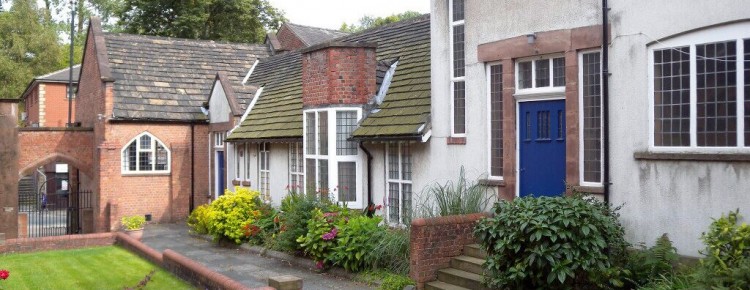
Long Street Methodist School
The original Long Street Methodist Sunday School was a unique place of learning for those without a weekday education. Edgar Wood used the forms and materials of rural buildings to create a school which looked forward to a civilised future where natural beauty and education went together. The school was published across Britain, Europe and…
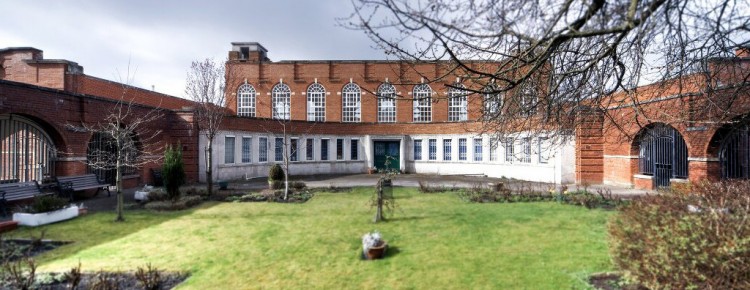
Elm Street School
Edgar Wood and J. Henry Sellers had met up in 1903 and quickly began working on a new type of ‘cubic’ architecture using reinforced concrete and to create buildings not possible with traditional roofs. Elm Street School (now Elm Wood School) was designed as a ‘Board School’. However, it was radically different to the other…
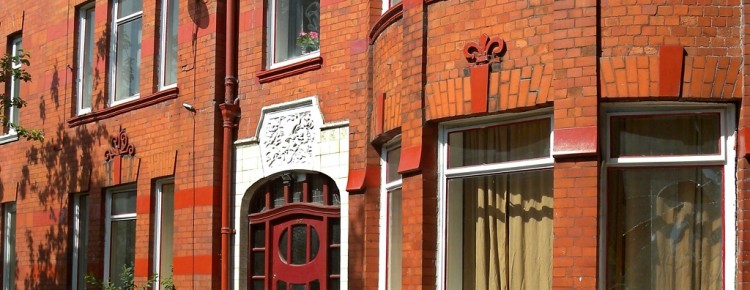
Briarhill & Hillcrest
In the early days of Arts & Crafts architecture, pioneers like Edgar Wood experimented with a variety of materials and forms, trying to find a new way in design. The semi-detached pair of houses on Rochdale Road, Middleton, Briarhill & Hillcrest (1892), is one of these and represents an art nouveau ‘town’ approach to design in contrast…

